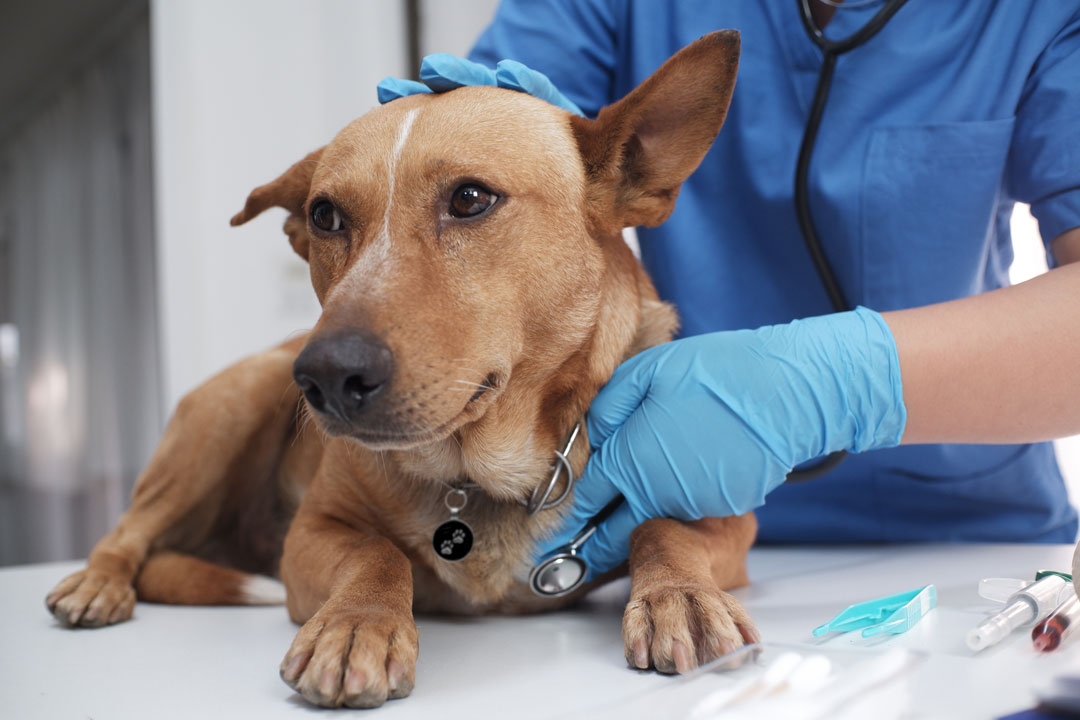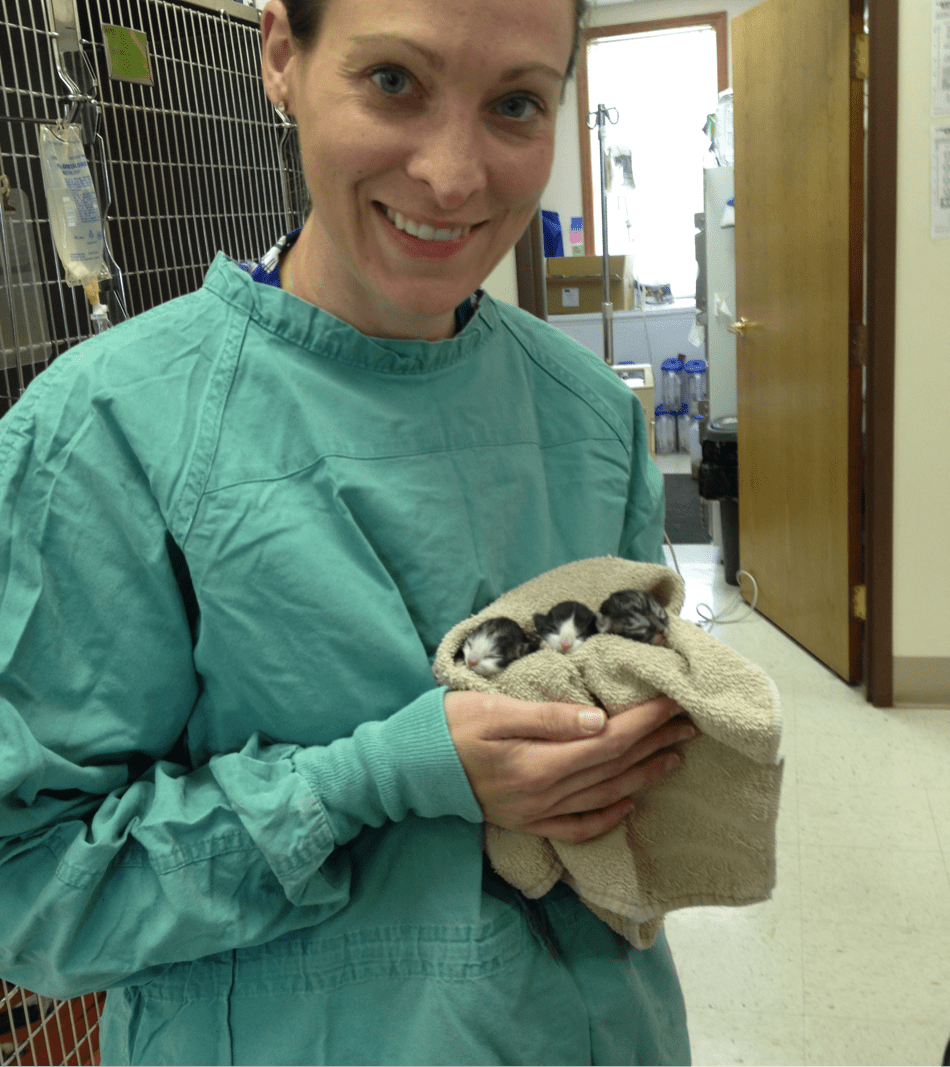Barks & Recreation Daycare Reservation

by Dr. Eileen Savier CVA, CVCH

Advancements in veterinary medicine continue to provide innovative and effective treatments for managing pain and promoting healing in our pets. One such treatment, photobiomodulation therapy (PBMT), commonly referred to as laser therapy, has gained popularity in recent years. This non-invasive approach helps reduce pain, inflammation, and enhance tissue repair in dogs suffering from a variety of conditions.
Laser therapy has its roots in the 1960s when researchers began studying how certain wavelengths of light could stimulate cellular activity. Initially explored for human medicine, Laser therapy soon found applications in veterinary care. Over the decades, technological advancements have refined laser devices, making them safer and more effective for use in companion animals. Today, Laser therapy is widely used in veterinary practices to support pain management and accelerate healing.
Laser therapy utilizes specific wavelengths of light to penetrate tissues, stimulating cellular energy production and promoting healing at a microscopic level. When light interacts with cells, particularly the mitochondria, it enhances the production of adenosine triphosphate (ATP), the molecule responsible for energy within cells. This process helps reduce inflammation, increase blood circulation, and speed up tissue repair.
Treatments are painless and usually well tolerated by dogs. A veterinarian or trained technician applies a handheld laser probe to the affected area, allowing the light energy to be absorbed by the tissues. Depending on the condition being treated, sessions may last anywhere from a few minutes to 10-15 minutes, with frequency varying based on the severity of the condition.
Laser therapy is a versatile treatment option for numerous canine health issues. Some of the most common conditions include:
While Laser therapy is generally safe, there are certain situations where laser therapy should be avoided or used with caution. Contraindications include:
Laser therapy is a valuable tool in veterinary medicine, offering pain relief, reduced inflammation, and accelerated healing for many common canine conditions. As a non-invasive and well-tolerated treatment, laser therapy provides an excellent alternative or complement to traditional medications and therapies. If you believe your dog could benefit from laser therapy, consult with your veterinarian to determine if it is an appropriate option for their specific needs.
 Barks & Recreation is proud to feature Dr. Eileen Savier CVA, CVCH as our Veterinary Blogger in our “From the Vet” Series — offering information related to the health and welfare of your furry family members! Currently part of the team of doctors at Keystone Veterinary Clinic, Dr. Savier is a 2012 Graduate of the Ross University School of Veterinary Medicine, She completed her clinical experience at The Ohio State University and after veterinary school she pursued further education and certification in Veterinary Acupuncture, Chinese Herbal Medicine, and Fear Free veterinary visits. Dr. Savier has a special interest in integrative medicine, animal behavior, and internal medicine and is committed to improving animal health care by integrating Eastern and Western philosophies. She enjoys working with fearful & aggressive dogs and cats and she has had additional training in low stress handling techniques and encourages positive reinforcement during exams and procedures. Her clinical interests include pain management, animal behavior, geriatric patient care, and internal medicine.
Barks & Recreation is proud to feature Dr. Eileen Savier CVA, CVCH as our Veterinary Blogger in our “From the Vet” Series — offering information related to the health and welfare of your furry family members! Currently part of the team of doctors at Keystone Veterinary Clinic, Dr. Savier is a 2012 Graduate of the Ross University School of Veterinary Medicine, She completed her clinical experience at The Ohio State University and after veterinary school she pursued further education and certification in Veterinary Acupuncture, Chinese Herbal Medicine, and Fear Free veterinary visits. Dr. Savier has a special interest in integrative medicine, animal behavior, and internal medicine and is committed to improving animal health care by integrating Eastern and Western philosophies. She enjoys working with fearful & aggressive dogs and cats and she has had additional training in low stress handling techniques and encourages positive reinforcement during exams and procedures. Her clinical interests include pain management, animal behavior, geriatric patient care, and internal medicine.
Dr. Savier is a member of the following associations:
 Dr. Savier shares her home with two (soon to be three) dogs, two cats, and a toddler. She lovingly refers to her two dogs as Coconut Retrievers as they were rescue dogs she brought home from the island of St. Kitts. In her free time she enjoys spending time with her family, going to the beach, and planning her next Disney vacation.
Dr. Savier shares her home with two (soon to be three) dogs, two cats, and a toddler. She lovingly refers to her two dogs as Coconut Retrievers as they were rescue dogs she brought home from the island of St. Kitts. In her free time she enjoys spending time with her family, going to the beach, and planning her next Disney vacation.